Targeted delivery systems improve active ingredient applications part I
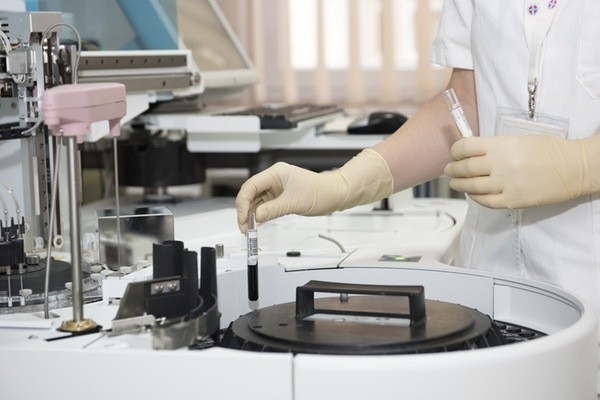
We spoke to Joan Gonzalez, Technical Sales and Marketing, Infinitec, to find out how targeted delivery systems are helping to revolutionise the active ingredient skin care industry.
As skin whitening, anti-aging and anti-wrinkle trends lead the Asia-Pacific (APAC) market, the cosmetics industry has taken inspiration from the success of medical and pharmacological developments to propel the cosmetics industry.
Delivery systems are often considered ideal for increasing levels of efficiency and the safety of actives in cosmetics. “The challenge has been to transfer this technology to the field of cosmetics, using ingredients and acceptable technologies for cosmetic legislation,” said Joan Gonzalez, Technical Sales & Marketing, Infinitec.
Cell specifics
Biotech company, Infinitec, has created Cosmetic Drones, a delivery system for active ingredients that targets specific cells and releases active ingredients where needed. The drone technology contains a range of capsules - composed of biocompatible polymers - that entraps active ingredients.
The inspiration for this particular project came from “fundamentals and progress in active targeting,” said Gonzalez. Gonzalez explained that the success of active ingredients used in cosmetics drones as a form of delivery was originally demonstrated “with particular drug carriers in cancer therapy”.
“If a particle can be vectorised and release a drug into a target cell, why not do the same with a cosmetic active using skin cells as targets?” Gonzalez went on to say.
Targeting active ingredients
Production efficiency is necessary to ensure the consistency and smooth development of product lines.
“Active targeting – also called ligand-mediated targeting – involves utilising affinity ligands on the surface of carrier particles for specific retention and uptake by the targeted cells,” said Gonzalez. These ligands are selected to bind surface receptors overexpressed in the targeted cell.
“The design of actively-targeted particle active carriers is complex because of the particle architecture, the ligand conjugation chemistry and the types of ligand available, skin penetration.” These all contribute to the stability and efficacy of the system.
As the primary goal is to protect the active until it is inside the target, the capsule then binds the target cell and it is delivered to the skin. “Each cell overexpresses certain receptors and each drone specifically targets them. If the outer peptide ligand is changed, the target receptor also changes [and] so [does] the target cell.”
Active ingredient process
Firstly, the biomaterials were selected, which was an integral element to creating the core particle for the cosmetic drones.
“The best and safest choice was a version of particles used for drug delivery for decades, but many combinations were made to achieve a stable and adequate system for cosmetic use,” said Gonzalez.
Once the target cells were selected, the active system was then designed to accurately direct these cells to the targets.
“Peptide ligands [was selected] as the best candidate with better receptor affinity [after it was] compared to no fewer than 20 peptides with different sequences,” added Gonzalez.
Gonzalez went on to say: “If we consider five cell targets, we have five ligands among more than 100 peptide candidates tested in vitro (with many studies to corroborate their affinity and subsequent physiological activity).”
The system targets the main five skin cells: keratinocytes, fibroblasts, melanocytes, skin neurons and adipocytes, carrying the actives inside the capsule.
Currently, the industry and companies such as Infinitec are “moving in a high biotechnological environment where medicine and pharmacology dominate”. R&D development and management now focus on "how [to] transfer technologies that have already been validated in these fields and may have potential in the cosmetics field”.
The second part of this interview will be published tomorrow, where we will discuss how companies are forging ahead with developed active ingredient marketing campaigns to reach APAC consumers and what factors are likely to make these a success.
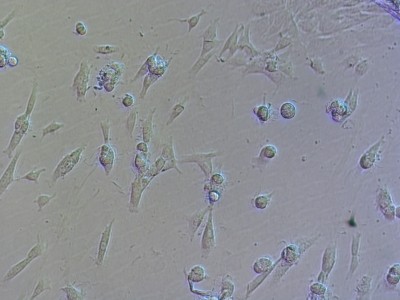
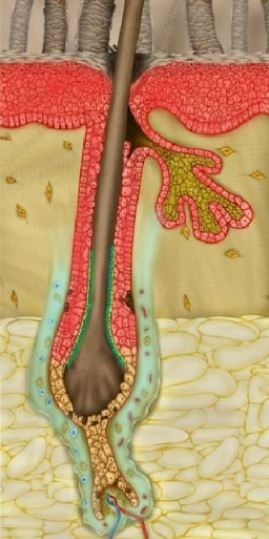

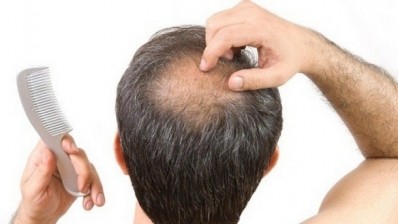


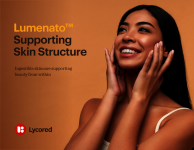


![Clariant has underscored the importance of localisation strategies and distribution capabilities in China with beauty trends evolving at a rapid pace. [Getty Images]](/var/wrbm_gb_food_pharma/storage/images/_aliases/wrbm_tiny/publications/cosmetics/cosmeticsdesign-asia.com/article/2024/04/16/clariant-emphasises-importance-of-localisation-in-the-era-of-viral-trends/17327969-1-eng-GB/Clariant-emphasises-importance-of-localisation-in-the-era-of-viral-trends.jpg)

![We dive into our most-read stories on formulation and science. [Getty Images]](/var/wrbm_gb_food_pharma/storage/images/_aliases/wrbm_tiny/publications/cosmetics/cosmeticsdesign-asia.com/headlines/formulation-science/skin-science-latest-stories-on-cosmetics-science-and-formulation/17334719-1-eng-GB/Skin-science-Latest-stories-on-cosmetics-science-and-formulation.jpg)

![Shopee says Vietnam has become a key market for K-beauty brands. [Getty Images]](/var/wrbm_gb_food_pharma/storage/images/_aliases/wrbm_tiny/publications/cosmetics/cosmeticsdesign-asia.com/headlines/market-trends/shopee-k-beauty-orders-to-vietnam-increase-more-than-five-fold-in-the-last-three-years/17319014-1-eng-GB/Shopee-K-beauty-orders-to-Vietnam-increase-more-than-five-fold-in-the-last-three-years.jpg)
![[Getty Images]](/var/wrbm_gb_food_pharma/storage/images/_aliases/wrbm_tiny/publications/cosmetics/cosmeticsdesign-asia.com/headlines/formulation-science/chinese-researchers-identify-igf2-in-oral-mucosa-as-key-factor-for-scarless-wound-healing/17328122-1-eng-GB/Chinese-researchers-identify-IGF2-in-oral-mucosa-as-key-factor-for-scarless-wound-healing.jpg)
![Th recent trend developments in the APAC beauty market. [Getty Images]](/var/wrbm_gb_food_pharma/storage/images/_aliases/wrbm_tiny/publications/cosmetics/cosmeticsdesign-asia.com/headlines/market-trends/what-s-trending-top-stories-on-apac-beauty-market-and-consumer-insights2/17319701-1-eng-GB/What-s-trending-Top-stories-on-APAC-beauty-market-and-consumer-insights.jpg)
![Native Extracts is seeking opportunities to work with China beauty brands. [Getty Images]](/var/wrbm_gb_food_pharma/storage/images/_aliases/wrbm_tiny/publications/cosmetics/cosmeticsdesign-asia.com/article/2024/04/11/native-extracts-aims-to-collaborate-with-c-beauty-brands-with-advanced-chinese-botanicals/17318852-1-eng-GB/Native-Extracts-aims-to-collaborate-with-C-beauty-brands-with-advanced-Chinese-botanicals.jpg)


